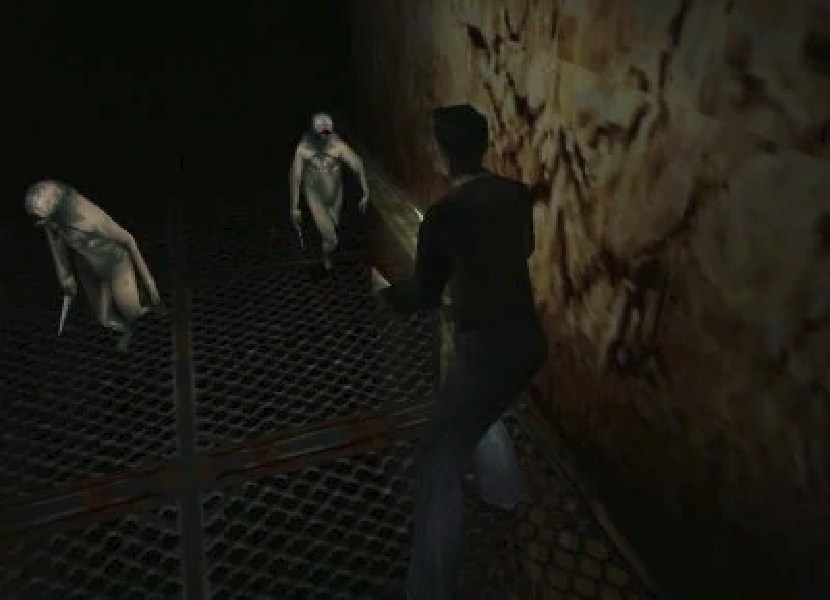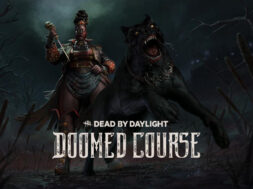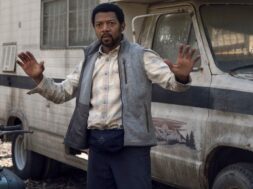
Looking through Shim Hyung-rae’s small oeuvre, it would only make sense for the South Korean comedian-turned-filmmaker to create a movie like Dragon Wars: D-War. As early as 1993, Shim was playing with monsters; his directorial debut, Young-Goo and Dinosaur Zu-Zu, is derivative of Gorgo, Mothra and the like. Shim returned soon after with more monster mayhem in two other obscurities: Tyranno’s Claws and Dragon Tukka. His big break then came in 1999 with the high-budget remake of 1967’s Yongary, Monster from the Deep. As exciting as the opportunity was, Shim ultimately experienced unforeseen hardship after directing what was, at the time, the most expensive Korean-produced movie.
Yonggary, or Reptilian in the West, led to a challenging period for Shim. This ‘99 movie could have easily been the end of his career. Strangely, though, it was not the critical derision that caused Shim’s personal crisis. On the contrary, a shady distribution deal left the director with no revenue from an otherwise successful movie. As a result, Shim could not pay back Yonggary’s investors — the South Korean government, Hyundai Capital Corporation and the Korean Technology Finance Corporation — and was forced to sell all his belongings to help clear the debt. The setback, while difficult, still did not stop Shim from going on to create his most determined project yet.
Similar to Yonggary, Dragon Wars: D-War was shot entirely in English and released with Korean subtitles in its homeland. A risky move that ensured the production received no government funding, forcing Shim to, once again, solicit private investors. This time around, though, he appealed to their sense of nationalism. Shim was playing his own self-appointed role in South Korea’s cultural globalization (the “Korean New Wave”), which included K-pop and K-dramas. Korean cinema was slowly but surely gaining recognition in foreign markets as well. In fact, had it not been for the universal success of Bong Joon-ho’s The Host that previous year, D-War may have never gone forward with its global rollout.

Image: Buraki chases Jason Behr and Amanda Brooks’ characters in L.A.
There is no denying Dragon War’s surface appeal toward Western audiences. From casting American actors to setting the main story in modern Los Angeles, this Korean movie comes across as pandering. Yet unlike Shim’s Yongary, Dragon War is a trojan horse for Korean mythology. The aforesaid ‘99 movie is culturally detached from Korea, whereas Shim’s aughts spectacle is anchored in local legend. The delivery system, of course, is a familiar one; an unresolved conflict in the far-flung past resurfaces in the complacent present and stays there until it can be settled, once and for all.
Before the current storyline takes over, Dragon War supplies a lengthy flashback that serves two principal purposes: unloading a breakneck backstory as well as establishing the movie’s muted but unmistakable Korean identity. Jason Behr, Amanda Brooks, Robert Forster, Craig Robinson and other American talents come in and seemingly seize the spotlight from the less recognizable Korean actors who are contained to the movie’s sageuk-style info-dump. However, Shim maintains the “Koreanness” by using the fairytale past to propel the present. Several of the American characters exist only to benefit their reincarnations; they are defined by their past lives and have no actual individualities to speak of. Behr and Brooks, whose lead roles are only earned by default, act more like avatars than characters. Anyone could have played their parts.
Where Dragon Wars falls short is the execution. Its unique and folklore-heavy plot is ultimately done in by a “Z-grade script.” A focus on visual effects rather than story is no reason to outright dismiss a movie; plenty of Hollywood pics skirt by on their costly appearances and overblown set-pieces. Shim, unfortunately, thought effects-loaded chaos could make up for the movie’s lack of personality. The CGI employed for various dragons and other fantastical beasts is admittedly remarkable for the time (and, sadly, squandered), but their scenes are only a small part of the whole movie.

Image: Michael Shamus Wiles as the Evil General.
Stateside, Dragon Wars was overwhelmingly dismissed by critics and audiences alike, yet back in South Korea, it was the subject of surprise praise and controversy. Many ardent Korean fans supported the movie and Shim on principle alone. As film and media academic Hye Jean Chung stated in her piece The Host and D-War: Complex Intersections of National Imaginings and Transnational Aspirations, Koreans saw Shim as an “underdog” back then. They “responded favorably” to this filmmaker who was treated as an outsider “not only in Hollywood but also in Korea’s own film industry.” Consequently, domestic criticisms of Dragon Wars were deemed “unpatriotic.”
In light of the countless monster movies that operate on low ambition, it is easy to forget how well suited kaijū (gwoesu or gwoemul in Korean) are for social messaging and/or political use. Godzilla is a warning about nuclear weapons, King Kong has been viewed as a metaphor for slavery, and the amphibious star of The Host is a physical manifestation of ecological concerns as well as criticisms about inept government. North Korea’s own notorious monster epic Pulgasari was intended to be political propaganda — one that ended up roasting the very dictator who forced its creation. Dragon Wars’ agenda is relatively less urgent and serious as those already mentioned, however, its intention is no less evident. As Hye Jean Chung further said, Shim’s movie is a flagrant example of transnational media that “simultaneously emulates the ‘global’ appeal of Hollywood blockbusters, while retaining the cultural specificity of Korean filmmaking.”
Dragon Wars‘ legacy is not a flattering one, and there is really no nostalgia for the movie nowadays. At the very least, the director’s tenacity is fascinating. The great lengths Shim Hyung-rae went to make what is essentially an expensive, opportunistic and indulgent “B” movie is impressive. And if Shim’s track record suggests anything, he will also get the proposed sequel (D-War: Mysteries of the Dragon) made and unleash even more Korean dragons upon the world.
Horrors Elsewhere is a recurring column that spotlights a variety of movies from all around the globe, particularly those not from the United States. Fears may not be universal, but one thing is for sure — a scream is understood, always and everywhere.

Image: Jason Behr and Amanda Brooks respectively as Ethan and Natalie.










